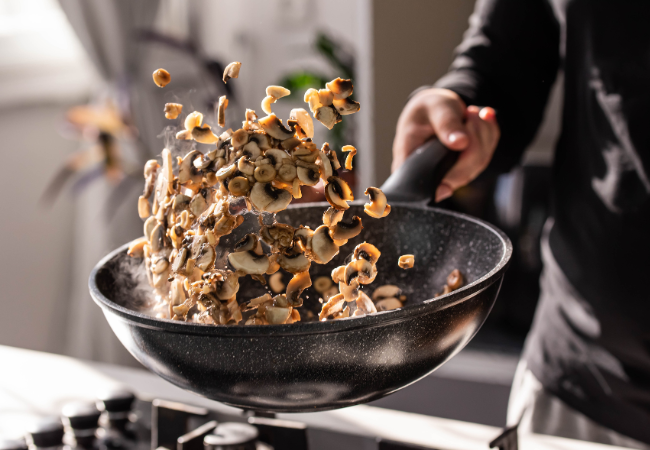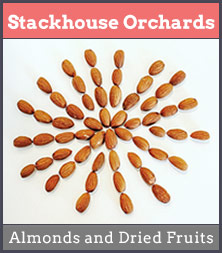Farro, an ancient grain with a nutty flavor and chewy texture, makes a delicious alternative to traditional risotto rice. Slowly simmered with broth until tender, it takes on a creamy, comforting consistency while holding its bite. Here, it’s paired with sweet summer squash, juicy tomatoes, and aromatic onions for a rustic, garden-inspired dish that celebrates the flavors of the season.
INGREDIENTS:
1 cup farro, rinsed
1 medium onion, finely diced
2 cups summer squash (zucchini or yellow squash), diced small
2 medium tomatoes, diced
3 tablespoons olive oil
3 garlic cloves, minced
1/2 cup dry white wine (optional)
4 cups vegetable or chicken broth, kept warm
1/2 cup grated Parmesan cheese (or Pecorino Romano)
2 tablespoons butter
Salt and freshly ground black pepper, to taste
Fresh basil or parsley, chopped, for garnish
METHOD:
In a saucepan, warm the broth over low heat and keep it gently simmering.
In a large, heavy-bottomed skillet or Dutch oven, heat olive oil over medium heat. Add the onion and cook until softened and translucent, about 5 minutes. Stir in the garlic and cook 1 minute more.
Stir in the rinsed farro and cook for 2 minutes, toasting lightly in the oil and aromatics.
Pour in the white wine (if using) and stir until absorbed.
Begin adding the warm broth, 1 ladle (about 1/2 cup) at a time. Stir frequently and allow each addition to be mostly absorbed before adding more. Continue for 25–30 minutes, or until the farro is tender with a slight chew and the mixture looks creamy.
Stir in the diced squash and tomatoes during the last 10 minutes of cooking, allowing them to soften but still hold their shape.
Remove from heat and stir in the butter and Parmesan until melted and creamy. Taste and season with salt and black pepper.
Spoon into bowls and garnish with fresh basil or parsley. Serve warm.
VARIATIONS:
- Add a little butter at the end for a richer and nuttier flavor.
- Grate in some Parmesan or Romano cheese at the end, before serving.
- Add basil and/or mint, shredded or cut chiffonade, and add with the parsley at the end of cooking.
- Drizzle a bit of high-quality extra virgin olive oil on at the end of cooking or pass it as a condiment with the farro.
YIELD: Serves: 4




























